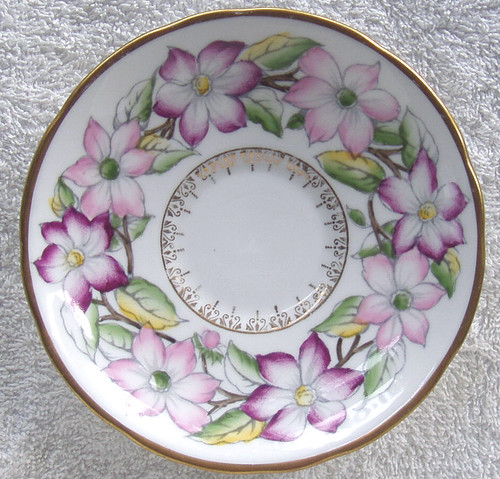HISTORY & WARNING!
Yet another oddity provided by my "film buff" associate, for whom I am finding new homes for his large film related collection due to his serious health issues.
First up ... SAFETY WARNING
I believe this lamp contains Mercury within the central bulb of the lamp. Mercury is not something you "play around" with and if ever the lamp glass envelope becomes broken or you simply wish to discard it - handle and dispose of with care, keeping mind health safety and the environment.
Apparently this lamp dates back to the 1940's ~ 50's period, quite a monster (large size compared to many of the other projector lamps I currently have or have had in the recent past).
HARBO - Projector Lamp With Original Base Socket
Probably used in an unknown brand of 16mm projector (but not confirmed by the owner who these days struggles with many things, including remembering events so far back in time)
Country of origin is unknown
Lamp type: Mercury Vapour
Part number: NSD250
Power: 250 Watts
Operating voltage: 90 Volts
Colour Temperature: 8000K
Super pure White
Expected lifetime 3000 Hours (data extracted from a seller of this same bulb type in India)
Lamp base material: solid Ceramic (White)
Lamp envelope material: Glass (vacuum)
Within the main glass envelope is another glass (Quartz?) envelope which is dominated by a large Grey coloured (Phosphor coated) ball shaped bulb. There are no mirrored sides which means that intense light is generated in all directions (omni-directional). I assume the projector that uses this type of bulb will have a special mirror system surrounding this lamp.
LAMP DIMENSIONS:
22.5mm OD x 74.5mm height (glass envelope only)
LAMP BASE DIMENSIONS:
28.4mm wide x 11mm x 14.75mm height
2x Nickel plated pins 8.2mm length x 2.95mm OD & 2.3mm OD (the pins are not the same diameter, this means the lamp is keyed to the socket)
SOCKET INFORMATION:
Solid White Ceramic base with two female sockets, one being larger diameter than the other - the lamp will only fit into the socket in one direction.
Spring metal side clamps which mate with the lamp base, locking the lamp into the socket.
The base of the socket has two flat areas with a slot so it looks as though this is screw or bolt secured to the projector housing.
Two single wires with what feels like a Silicon based insulation which has the following stamped into the sheath ...
CHENG VDE Nr 40017754 1.0mm
That identification looks very Chinese and I suspect this wiring is a "later" upgrade to the original wiring which was probably not in great shape after 75 odd years!
TESTING:
Is it a "museum piece" or a useful spare part? Reasonable question and one for which I have no definitive answer!
My associate says "Yes, this lamp is working Russell", apparently he removed it from one of his many projectors because although "lighting up" in the projector, the drive system had serious issues (motor bearings) which he could not repair.
I very much would have liked to confirm the functioning of this lamp for myself but am unable to ...
It appears this lamp runs on 90V (DC?) and I would estimate that the current being drawn would be around 3 Amps - that's a pretty hefty power supply (250 ~ 300W) and I have nothing to hand in this voltage/current range that would enable me to test this lamp directly.
This is a Mercury vapour lamp, not incandescent with a traditional filament. This means that a simple DC resistance test is useless, it will (and does) show as an open circuit. Mercury vapour lamps are part of the gas discharge lamp family - there is no traditional "filament". Inside the inner round bulb will be Mercury and a "starter" gas such as Xenon and when a sufficiently high voltage is applied to the lamp terminals, an electric arc is produced inside the bulb. This arc generates masses of UV light (useless for a projection system) but when the UV light hits the phosphor coating, bright White light is emitted - VERY brightly. Mercury vapour lamps were (and I think still are) used in high powered street lighting.
Oh, now that takes me back! I remember as a kid seeing the VERY large carbon arc spot lights that were used during WWII - now that is one very bright light!
I have visually inspected the lamp externally and internally (such an interesting lamp!) and I can see hardly any signs of use at all. I (and my associate) have no idea how many hours are "up on the clock" but I suspect it is low.
It has been well cared for, sitting for years in an old cloth foam "stuff" that was commonly used for WWII valves back in the 1950's - I have changed this protective "material" to a modern bubblewrap and sealed each section - both the lamp and socket have now safely been put to "bed" and are resting peacefully.












